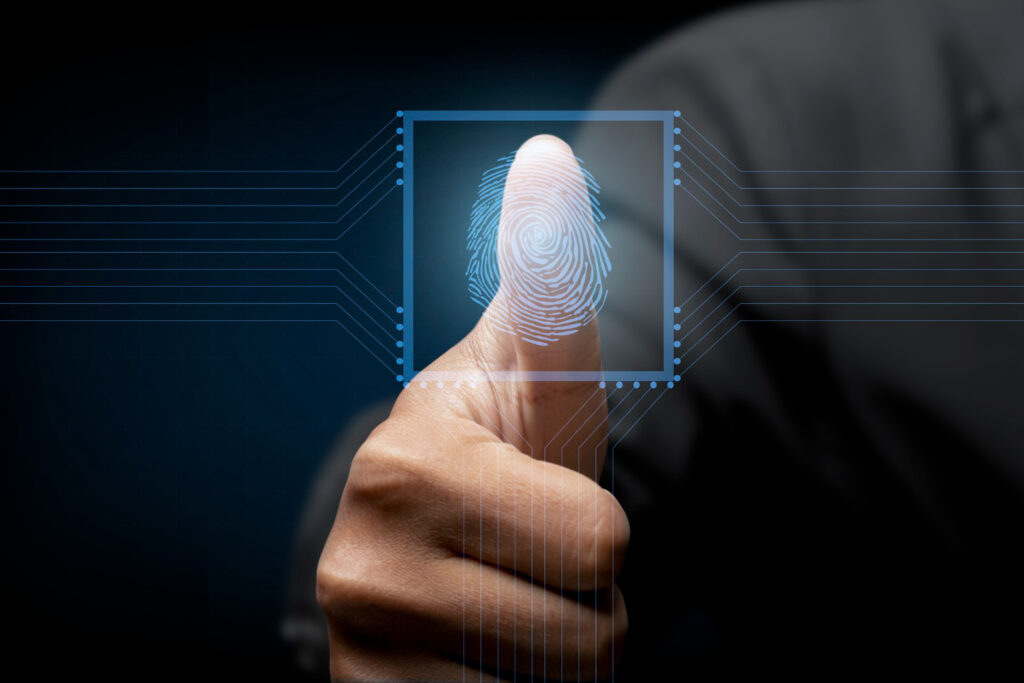
How Biometric Systems Improve Employee Productivity and Security
In the rapidly evolving world of technology, businesses are continually seeking ways to enhance both productivity and security. One of the most effective solutions that have emerged in recent years is the implementation of biometric systems. These systems, which use unique physical characteristics such as fingerprints, facial recognition, and iris scans, offer a blend of enhanced security measures and improved workplace efficiency. In this blog, we’ll delve into how biometric systems are revolutionizing employee productivity and security.
Understanding Biometric System
Biometric systems utilize advanced technology to identify individuals based on their unique biological traits. These traits include fingerprints, facial features, iris patterns, and even voice recognition. Unlike traditional security measures, such as passwords or ID cards, biometric systems offer a more secure and efficient way to verify identities.
Enhancing Security with Biometric System
1. Elimination of Fraudulent Activities:
Biometric system make it nearly impossible for employees to engage in time theft or buddy punching, where one employee clocks in for another. Since biometric data is unique to each individual, these systems ensure that only the authorized person can access certain areas or log their attendance.
2. Secure Access Control:
With biometric system, businesses can enhance security by controlling access to sensitive areas. Only authorized personnel can gain entry, reducing the risk of unauthorized access and potential security breaches.
3. Data Protection:
In industries where data protection is crucial, biometric systems add an extra layer of security. By ensuring that only specific individuals can access certain data, businesses can prevent data leaks and protect sensitive information.
Boosting Employee Productivity
1. Streamlined Attendance Tracking:
Traditional methods of tracking attendance can be time-consuming and prone to errors. Biometric systems automate this process, allowing employees to clock in and out quickly and accurately. This automation reduces administrative overhead and ensures that payroll is based on precise data.
2. Reduced Administrative Burden:
HR departments often spend a significant amount of time managing attendance records and resolving discrepancies. With biometric systems, these tasks are automated, freeing up HR personnel to focus on more strategic activities that can enhance overall productivity.
3. Improved Accountability:
Biometric systems foster a sense of accountability among employees. Knowing that their attendance and work hours are being accurately tracked encourages employees to adhere to their schedules and perform their duties diligently.
4. Enhanced Workforce Management:
By providing real-time data on employee attendance and work hours, biometric systems enable managers to make informed decisions about workforce management. This data can be used to optimize work schedules, allocate resources efficiently, and identify patterns that may affect productivity.
Implementation Considerations
While the benefits of biometric system are clear, successful implementation requires careful planning and consideration:
1. Privacy Concerns:
Businesses must address employee concerns about privacy and ensure that biometric data is stored and handled securely. Transparent communication about how the data will be used and protected is essential.
2. Integration with Existing Systems:
Biometric systems should seamlessly integrate with existing HR and security systems. This integration ensures a smooth transition and maximizes the benefits of the new technology.
3. Compliance with Regulations:
Companies must ensure that their use of biometric data complies with relevant regulations and laws, such as GDPR or CCPA. Legal compliance is critical to avoid potential fines and legal issues.
Conclusion
Biometric system offer a powerful solution for enhancing both employee productivity and security. By leveraging unique biological traits, these systems provide a more secure and efficient way to manage attendance, control access, and protect sensitive data. As businesses continue to embrace digital transformation, the adoption of biometric systems will undoubtedly play a crucial role in shaping the future of workplace security and efficiency.
Implementing biometric systems is not just about staying ahead in the technological curve; it’s about creating a secure, efficient, and productive work environment. With careful planning and consideration, businesses can reap the full benefits of this innovative technology.


